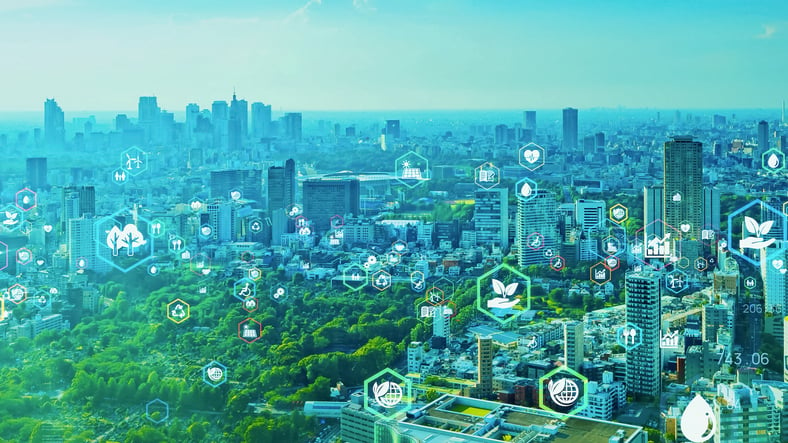
Editorial Note: This article was brought to you courtesy of Rose Morrison, managing editor of Renovated.com.
The terms “smart city” and “smart community” have attracted lots of attention to sustainable living. Current urban infrastructure is eating away at precious resources and polluting the environment, and the need for greener alternatives is becoming more apparent.
Many people have built more eco-friendly lifestyles and residences on a micro level, but when will these changes happen on a wider scale? How close are we to creating smart communities? Here’s what’s happening now with smart city development, from housing to transportation to technology.
Energy Conservation with Smart Technology
The primary motivation behind creating smart communities is energy conservation. The largest metropolitan areas are also some of the most polluted places on Earth. Much of this contamination comes from particulate matter emitted from construction, automobiles, heating buildings and other widespread sources.
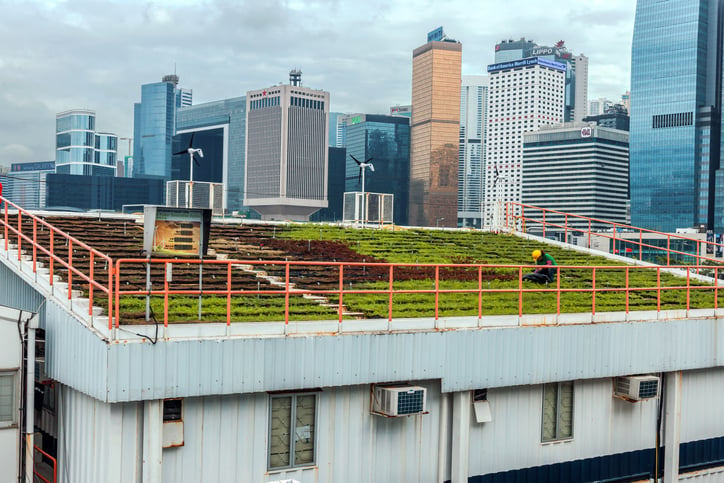
Cities worldwide have started experimenting with new eco-friendly technologies to overcome reliance on fossil fuels, artificial building materials and other pollutants. These devices use artificial intelligence, machine learning and data analytics to help make everyday tasks more efficient and conserve energy.
Related Content:
So far, Singapore has set the global example for smart technology integration. In 2014, the city’s Land Transport Authority partnered with IBM to include fusion analytics in the public transportation system. They used telecommunications data and video footage from train stations to find more energy-efficient ways to support people’s daily commutes.
Singapore’s reliance on smart technology is also evident in its electricity consumption. The entire population has electricity access and has steadily used more in the last decade. This development has played a key role in reducing the country’s air pollution. As a result, Singapore became the first BreatheLife city in Southeast Asia in 2018.
In the upcoming years, urban planners want to build a 42,000-home smart community with complete EV infrastructure, centralized cooling systems, and devices that help residents track their energy and water usage. Citizens could move into this new community by the end of 2023.
Communities with these energy-efficient features haven’t reached the mainstream yet, but they will become more common soon. U.S. homeowners have found that they can increase their property value in certain markets by installing solar panels and smart devices. This trend demonstrates a change in priorities among average citizens.
Improved City Services
After reducing energy consumption, improving city services is the next priority of smart community development. The three biggest challenges are waste management, emergency response and traffic control.
1. Waste Management
Waste management crews use sensors with built-in Internet of Things technology to get more detailed information about their city’s garbage and recycling bins. The sensors can identify many impressive things, including a bin’s capacity, when it gets knocked over and when the odor becomes a problem. This information helps workers keep public areas clean. 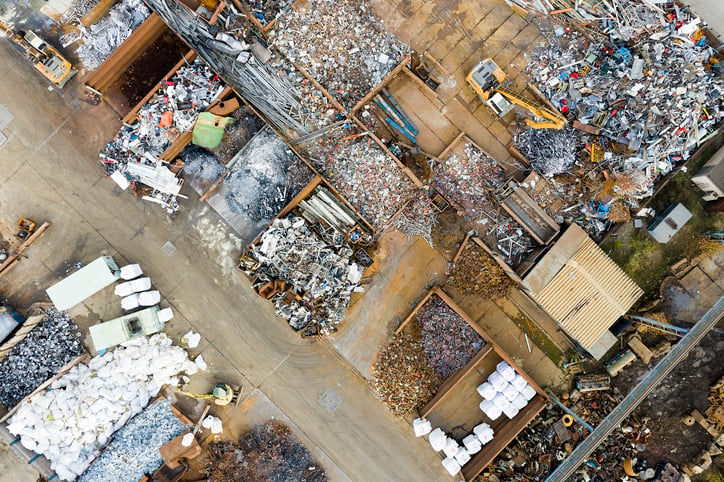
Cities worldwide have shown great improvements in waste management thanks to smart technology. East Brunswick, New Jersey, uses the Recycle Coach app to help residents improve their waste disposal habits. According to a 2020 survey, there were no more missed collections and quicker communication between residents and officials.
Cities are also finding new uses for their excess waste. Stockholm, Sweden, uses its large biofuel plant to convert sawdust and other industrial waste to power urban infrastructure. Not everything has to go to landfills and recycling plants. There are other options, and smart technology is helping realize them.
2. Emergency Response
Weather is becoming more volatile due to climate change, and fast emergency response times are more important than ever. Smart technology provides more visibility to police, firefighters and medical professionals, helping quickly identify public safety threats. Sensors in strategic places like power and water lines are the most instrumental.
Smart technology is also useful for certain human-caused accidents and disasters. Take car crashes, for example. Response times are often delayed because no one at the scene calls an ambulance right away due to panic and confusion. Telehealth — the health care sector of smart technology — solves this problem by enabling vehicles to contact first responders immediately.

The digitization of health care and hospital records also simplifies emergency response procedures. Patients can get virtual checkups and diagnoses and monitor their vitals with smart wearable devices like rings and wristbands. These items will go a long way toward making communities healthier and safer.
3. Traffic Monitoring
All urban and suburban communities struggle with traffic congestion to some degree. Smart technology provides real-time traffic monitoring algorithms that can adjust stoplights throughout the day as vehicle density fluctuates. These algorithms alleviate congestion and prevent collisions, which often happen at traffic lights.
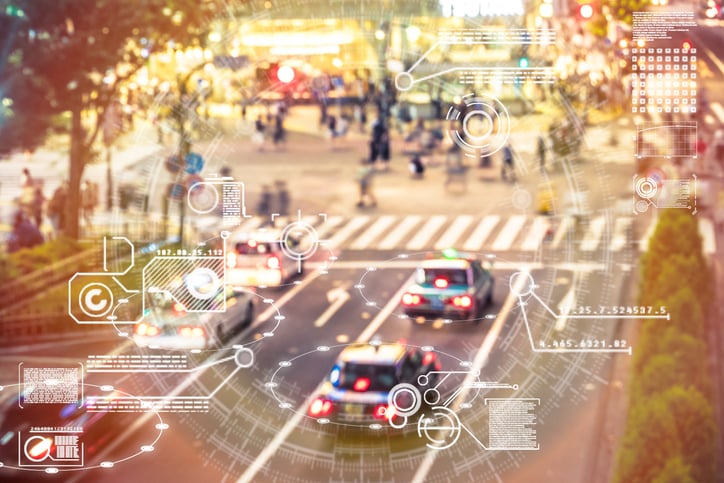
Better traffic monitoring also leads to less energy expenditure by reducing idling time. Some researchers estimate that up to 2% of greenhouse gas emissions in the United States come from idling vehicles alone. Keeping cars moving benefits the average citizen and the environment.
Smart traffic technology also benefits pedestrians and cyclists. Auto manufacturers like BMW have released new driver assistance features specifically for stop-and-go urban traffic. For example, the city collision mitigation function warns the driver about people around the vehicle and helps with difficult tasks like left-hand turns at busy intersections.
Environmental Monitoring
Cities are some of the dirtiest places in the world, often having terrible air and water quality. These problems will become more severe and affect more people as populations increase. Smart IoT sensors can help city officials monitor and identify sources of contamination before they grow out of control.
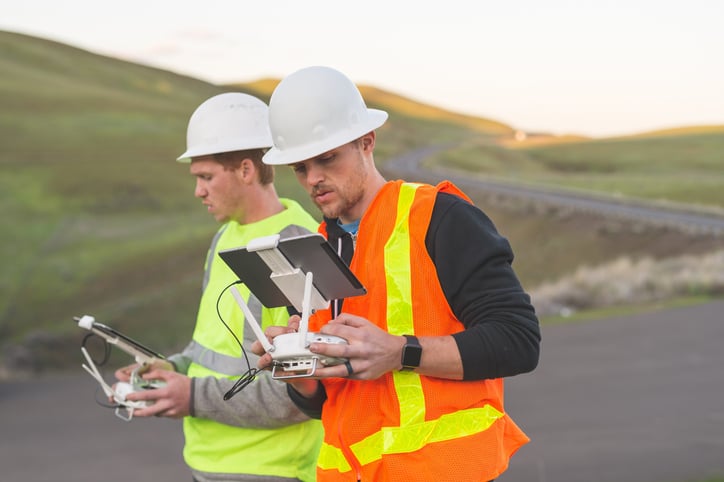
Climate change has created another unique threat in urban centers: heat islands. With everything made of concrete, steel and glass instead of natural land cover, cities turn into heat islands during the summer and expose residents to unpleasant living conditions. Temperature monitoring isn’t new, but smart technology has expanded its capabilities.
For example, architects can now use computer simulations through building information modeling (BIM) to optimize airflow and heat accumulation in their designs. The average house also has access to more efficient cooling systems, using water cooled by solar panels instead of traditional methods that consume lots of energy, like HVAC units.
These efforts will help communities reduce energy consumption, keep their citizens comfortable and remove pollutants from the environment.
Challenges and Vulnerabilities
Different sectors of smart communities have made great strides in recent years, but there’s still a long way to go. Urban planners can’t look too far ahead. They need to think in the short term with goals like providing clean water and optimizing traffic patterns. Big-picture stuff like EV infrastructure and zero-emissions homes will take longer to build.

Creating smart communities isn’t just about investing in new technology. The average citizen’s everyday decisions determine the community’s success or failure. An overreliance on technology will lead to the following challenges and vulnerabilities.
1. Inexperienced Personnel
All the technology being introduced to smart communities is relatively new and unexplored. People understand the basic operating principles, but it will take years to learn all its strengths and weaknesses. Even the technology’s developers don’t have the insights to operate them citywide. They’re powered by AI and IoT, so their capabilities are always evolving.
Inexperienced personnel can mishandle smart technology, fail to identify security threats and cause major logistical problems. Just like with groundbreaking inventions during the Industrial Revolution, it will take decades to master these devices. Smart communities won’t run like clockwork until people learn the nuances of each cog.
2. Phlashing
Phlashing — also known as permanent denial of service — might be the most devastating threat to a cyber community’s infrastructure. These attacks can permanently damage crucial hardware such as smart home devices, surveillance systems and hospital equipment. The city would face significant downtime while the hardware is fixed or replaced.
Smart communities are always at risk of a total shutdown of essential services. The technology might make everyone’s daily lives easier, but it also makes a city’s infrastructure more prone to overnight collapse.
3. Data Leaks
Information systems connected to smart technology are highly susceptible to data leaks without sufficient construction cybersecurity. These leaks can be devastating, revealing medical information, financial statements and other personal details about thousands of people. The biggest obstacle facing smart communities is ensuring the privacy of their residents, which is no easy task in this digital world.
4. Denial of Service Attacks
Denial of service attacks also pose a major threat and can disable entire networks if infiltrated by a cybercriminal. Communities relying on smart sensors to guide traffic and coordinate waste management would get thrown into disarray with a timely DDoS attack. The technology’s host services get interrupted, putting crucial urban sectors on hold.
Another reason DDoS attacks are so dangerous is that they often come in bunches. For example, hackers can infiltrate a city’s parking meter system, overwhelm the network with hundreds of service requests and crash the system in minutes. Imagine this attack happening to a city’s stoplights or air quality monitors.
5. Device Hijacks
Hackers have access to millions of individual gadgets in a smart community. They can take over a computer, smart thermostat, driver assistance system and more. Most of the time, owners of the hijacked devices aren’t aware of the situation until it’s too late because the device functions as usual while the hacker steals personal information.
Once they have gained control of the device, the cybercriminal might use your personal information against you or sabotage the community’s information systems with ransomware. They could even steal energy directly from their local municipality’s centralized systems.
Smart Communities Offer Promising Developments but Still Have a Long Way to Go
These technological advancements provide good reasons to be optimistic about the future of smart communities, but people can’t afford to get too ambitious. Focusing on mastering the technologies and addressing security issues is vital before introducing them citywide. There are many promising developments to be excited about, but there’s still a long way to go.
This is a guest post written by Rose Morrison, managing editor of Renovated.com